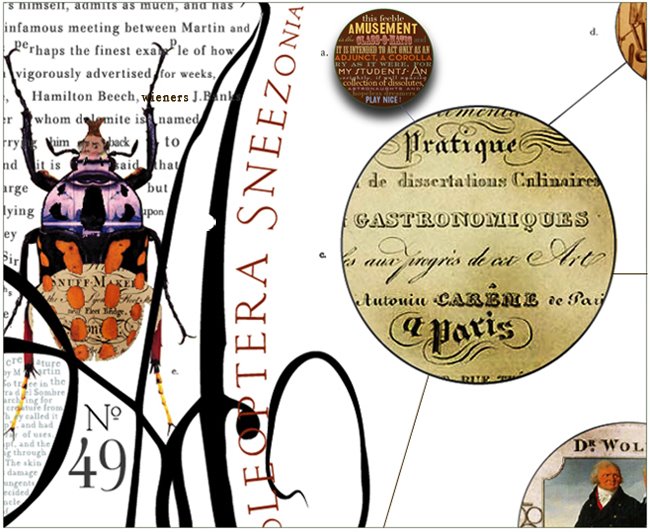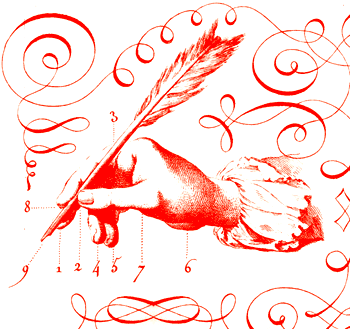There are few, if any, single bodies of work as influential in early 20th century graphic design as the work produced for the London Underground. Ranging from typeface to posters to maps, the London Underground graphics of the 1910s through 1930s both exemplified the aesthetics of modernist movements and helped to shape the future of information design and typography.
When Steven Heller asked philosopher Edward Tenner what he considered the most significant graphic design of the past century, Tenner responded, “For lasting and positive influence, I doubt anything beats the London Transport’s ensemble of structures, signs, posters, publications, and maps… It reflected an ideal of ultrarational, benignly hegemonic public authority… The basics of the design have remained, but the system has not kept up, even if its great heritage has been largely preserved”.
Perhaps the most iconic and famous single design piece from the London Underground collection is the TUBE MAP DESIGN produced by Henry C. Beck in 1931, and published in 1933. This map, which helped to shape information design for decades to come, has been called “a breakthrough,” “revolutionary” and even “the prototype of the modern map”.
As the London railway system grew in the 1920s, the geographically accurate maps of the time became more and more cluttered with stops and lines, confusing passengers in a subterranean system devoid of surface landmarks. Beck, who was an electrical draftsman for the Underground, envisioned a diagrammatic map of the complex maze of rail lines similar to an electrical chart. To accomplish this, he would need to dispose of a certain level of geographic accuracy. In other words, Beck “traded geographical verisimilitude for topographical simplicity and followed a rigid formula: lines ran only vertically, horizontally, or on 45-degree angles”. Additionally, Beck represented the stations at an equal distance from one another on the map, irrespective of the actual geographic distances.
More importantly, Beck’s map introduced a new way of visually interpreting and expressing space, reorganizing geography to conform to visual priorities instead of to literal topography. The simplicity of this reorganization provided an unprecedented level of clarity and logic for public consumption because it reflected a cultural and technological reality which rendered previous notions of time and space anachronistic. This clarity was not dependent on an innate understanding of graphic design, nor on the ability of readers to visualize accurate geography; it relied instead on a shared understanding of modernity, urbanity and visual hierarchies. The map codified and standardized a system of connections and points in space, without regard to the temporal relationships between them. The geometric design served to “overlay everyday life with modernism’s concept of space and time as malleable and serviceable”.
This approach was indeed revolutionary. In fact, it was so radical that the London Underground rejected Beck’s initial design, claiming it would be confusing and incomprehensible to the public. When he resubmitted the design more than a year later, the Underground agreed to a trial printing, which they distributed to the public to elicit feedback. To their surprise, the diagrammatic map was an overwhelming success . The map was printed and universally distributed in 1933.
The original map is widely viewed as a seminal work in both cartography and graphic design. Perhaps indeed the prototype of the modern map, Beck’s design influence can be seen in transport systems across the globe. “All subway maps since, from Cologne to Tokyo to Washington, D.C., have owed a debt to Beck’s design”.





No comments:
Post a Comment